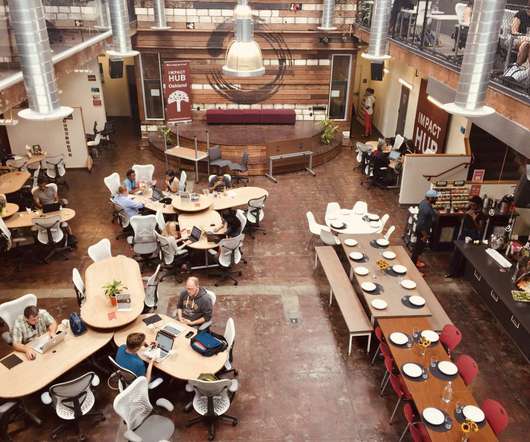It’s Morning in Venture Capital
Both Sides of the Table
MAY 23, 2012
This has led to the creation of incubators, accelerators and seed funds. LP contributions to VC firms shrunk from 2000 and by 2005-2008 had stabilized to around $30 billion per year. If you want to understand the details of why this is, I covered it in detail in this post, Understanding Changes in the Software Industry.




















Let's personalize your content